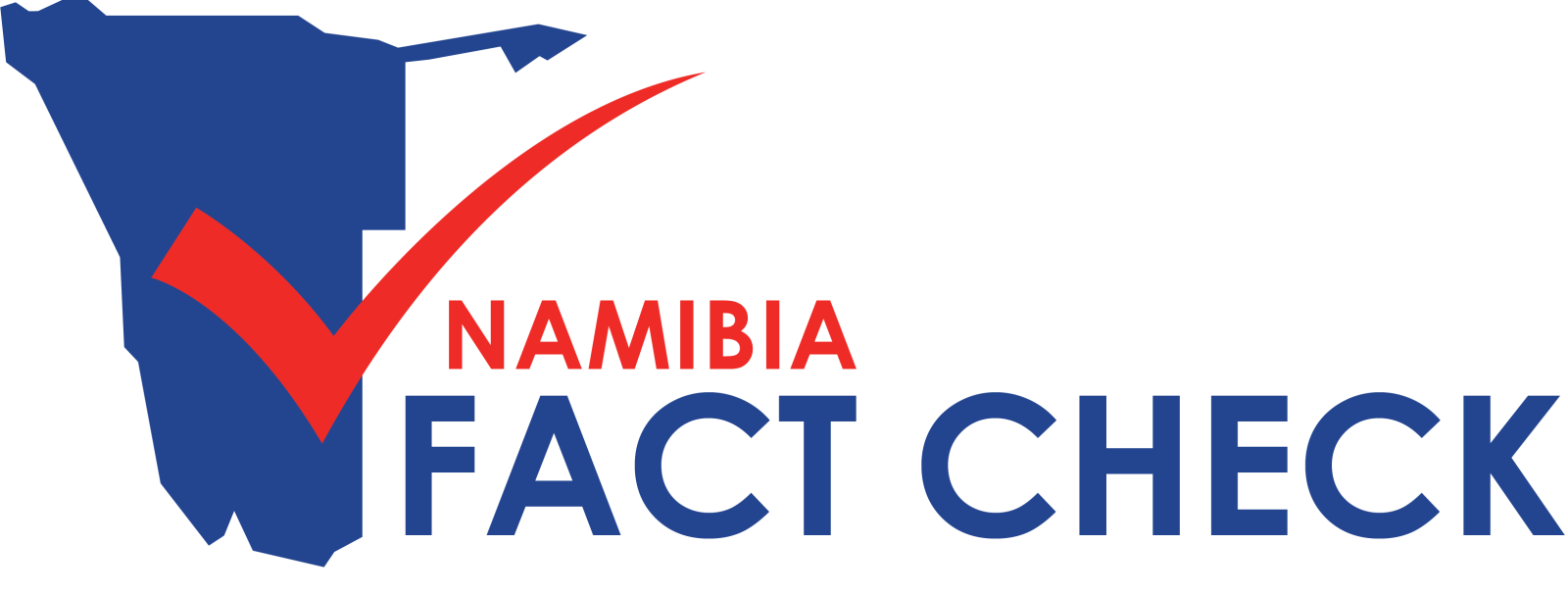IMAGE: Namibia Fact Check
Reporting on the Namibia-Germany genocide settlement has bordered on misinforming and confusing in key respects.
Namibia Fact Check has been monitoring media reporting on the issue of a settlement having been agreed to between the Namibian and German governments over the genocide perpetrated against the Ovaherero and Nama ethnic groups by German colonial-era forces during the period 1904-1908.
Media reports since 27 May 2021 have stated that the German and Namibian governments have reached a settlement deal on the colonial-era genocide.
The slew of reporting kicked off on 28 May 2021 following the issuing of a media statement by the German foreign ministry on behalf of German foreign minister Heiko Maas, in which Maas acknowledged that colonial Germany perpetrated genocide against the Ovaherero and Nama and mentioned that a monetary settlement had been agreed between the two governments.
Importantly, since then, by 1 June 2021, no official response had been issued by the Namibian government to the statement of the German foreign minister.
At the same time, news of the Namibian-German genocide settlement has attracted much discussion on various social media, in many cases inflaming emotions and reactions with misleading information around a topic that has been highly sensitive for a while.
Who is speaking?
One of the aspects in all the reporting that has not been adequately clarified to date, is the extent of the involvement of the affected communities in the negotiations between the two governments. The recent reporting also bears spotlighting on this issue.
In the latest round of reporting, some reports have stated that affected communities were well represented by recognised traditional leaders and entities at the negotiation table, while other reporting has indicated that relevant traditional authorities and affected communities had consistently been sidelined.
Much of the reporting has failed to make it clear who was at the table and why and who was not and why, in order to create a coherent picture of the relevant players for interested audiences.
With regard to international reporting, Germany’s largest online news outlet, Der Spiegel, seemed to imply on 28 May 2021 that Ovaherero and Nama groups were on the whole in agreement with the settlement announced on that day because they had been part of the decision-making processes. Der Spiegel reported the German government line that: “Representatives of the Herero and Nama were also closely involved in the negotiation process on the Namibian side.”
In fairness, Der Spiegel did acknowledge in an earlier article, on 17 May 2021, that some Ovaherero and Nama traditional leaders were opposed to the deal being struck between the two governments.
In contrast, and also on 28 May 2021, the Washington Post reported:
“Alfredo Hengari, spokesman for Namibian President Hage Geingob, said the announcement out of Berlin was the result of a ninth round of negotiations that began in 2015 over how Germany would move forward in making amends to victims’ descendants and repairing relations between the two countries. The process has drawn widespread criticism among victims’ descendants, who say they have been left out.”
The underlined sentence, and entire article, clearly suggested that affected communities were not represented at the negotiation table. The implication being that the Namibian government negotiators had not consulted the traditional leaders or authorities of affected communities.
However, an article published by the state-owned daily New Era on 27 May 2021 indicated that at least seven (7) traditional leaders or authorities recognised by the Namibian government – the Zeraeua Traditional Authority, the Maharero Royal House, the Kambazembi Traditional Authority, the Ovambanderu Traditional Authority, the Vaalgras Traditional Authority, the !Aman Traditional Authority, and the /Hai-/Khaua clan of Berseba – had been part of the negotiations or been consulted by Namibian negotiators.
Similarly, on 31 May 2021, The Namibian reported that “traditional chiefs from the Maharero, Kambazembi, Gam and Zeraeua royal houses” – all of them recognised Ovaherero traditional authorities – had been “part of the negotiations delegation for Namibia”.
Both local and international media have tended to approach the unrecognised Ovaherero Traditional Authority (OTA) and the Nama Traditional Leaders Association (NTLA) for comment, neither of which were part of the genocide negotiations.
Much of the reporting also seemed to imply that all traditional leaders and authorities of affected communities, even those who had been part of the negotiations, had rejected the settlement that appeared to have been reached between the two countries. The implication here being that the Namibian government unilaterally agreed to a settlement with the German government.
And yet, the 27 May 2021 New Era article stated:
“The Ovambanderu Traditional Authority, Vaalgras Traditional Authority, !Aman Traditional Authority, the /Hai-/Khaua clan of Berseba and other minority traditional authorities allegedly agreed to the deal.”
But voices from these traditional authorities that “allegedly agreed to the deal” have not been provided prominent space to state their sides.
How many?
Another issue that has been confusingly handled, especially in international reporting, is the death toll of the 1904-1908 genocide perpetrated against the Ovaherero and Nama ethnic groups by German colonial-era forces.
While the Washington Post reported:
“Between 1904 and 1908, German colonial forces in what was then known as South-West Africa brutally quashed a rebellion spearheaded by the Herero and Nama tribes against the seizing of land and livestock by colonists, killing at least 65,000 Herero and 10,000 Nama. Researchers estimate that as many as 80 percent of the Herero and half of the Nama people were killed.”
“It is thought up to 80% of the indigenous populations died during the genocide – with a death toll in the tens of thousands.”
There surely is a big difference between 80% of the Ovaherero having been killed and 80% of the entire indigenous population of the territory at the time having been killed by the German colonial authorities?

